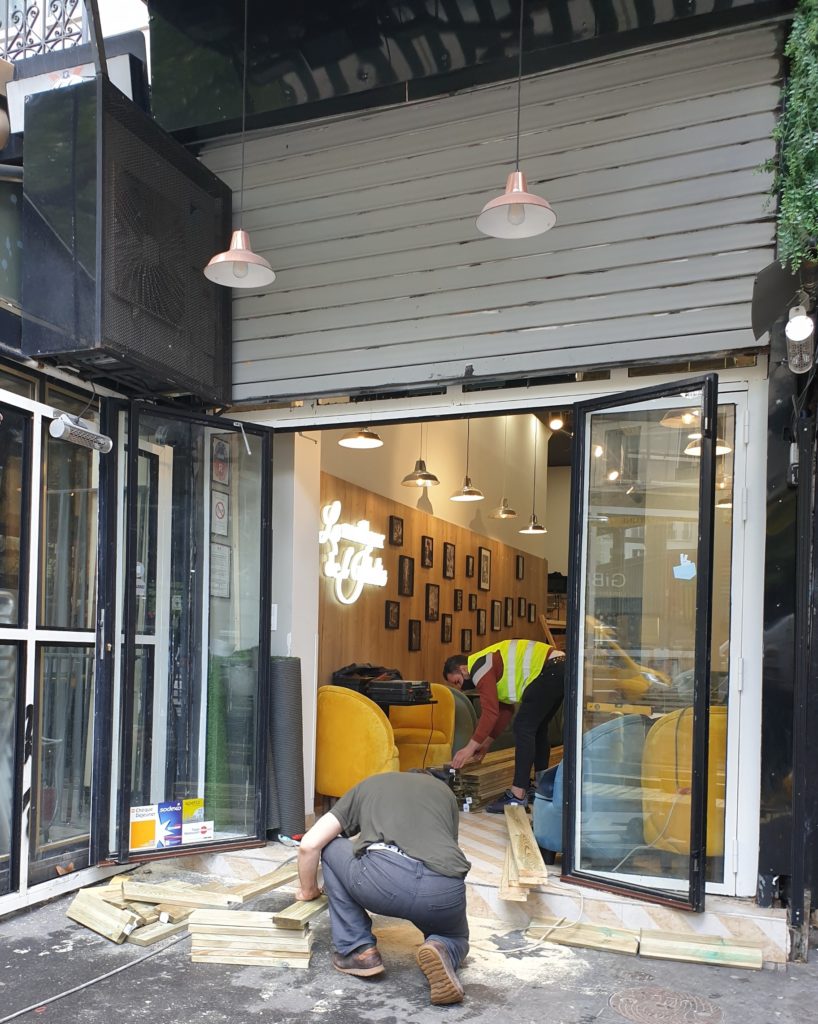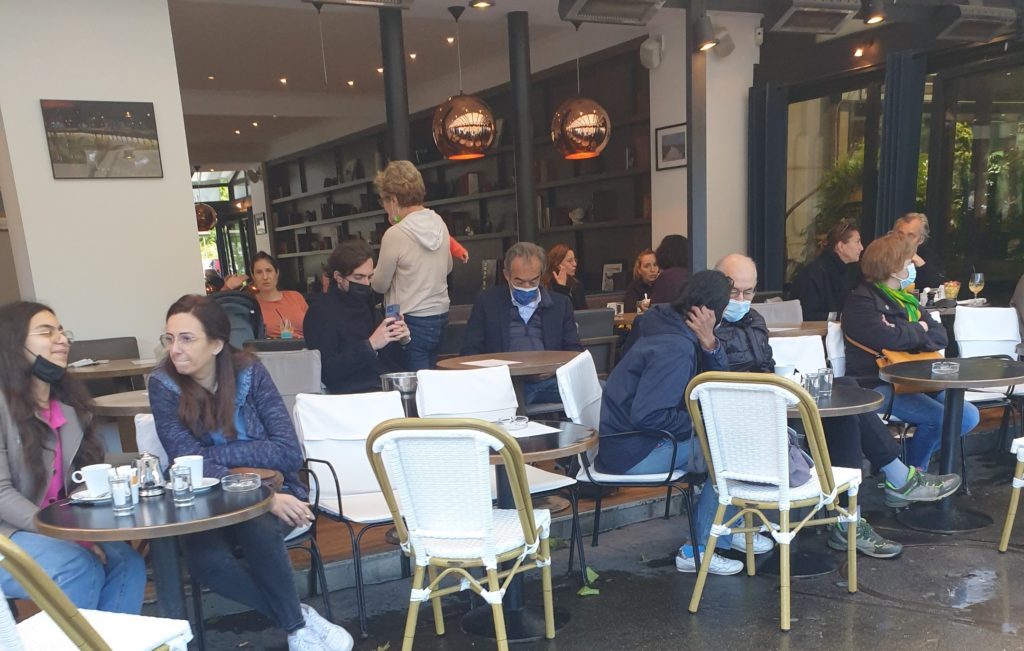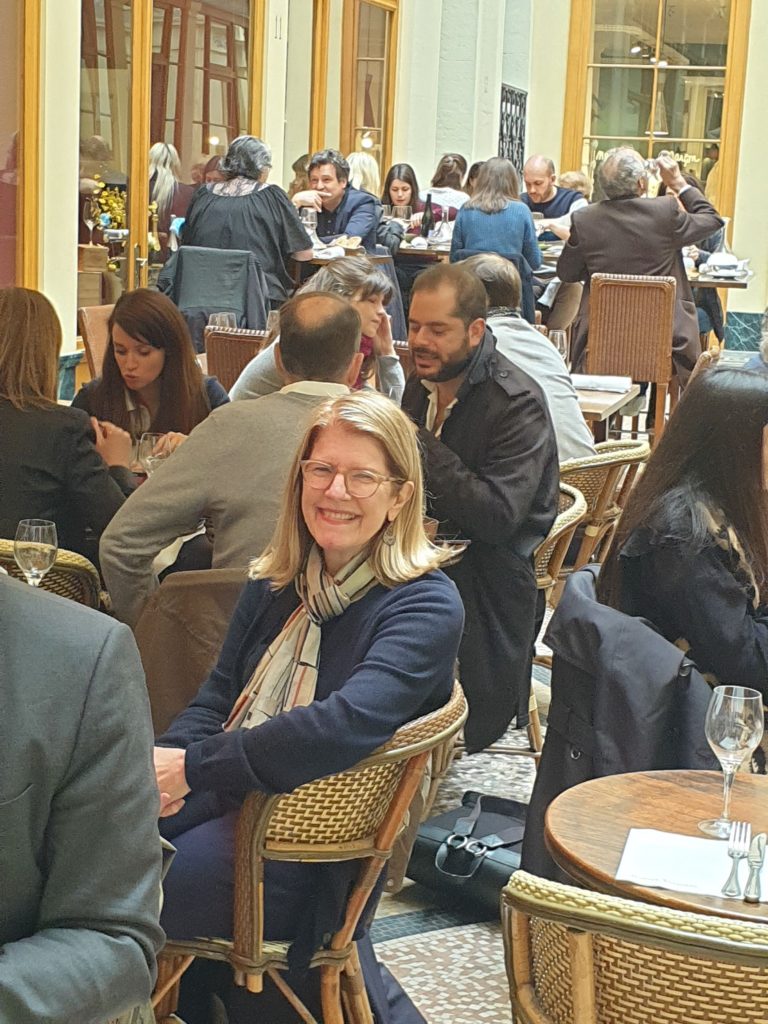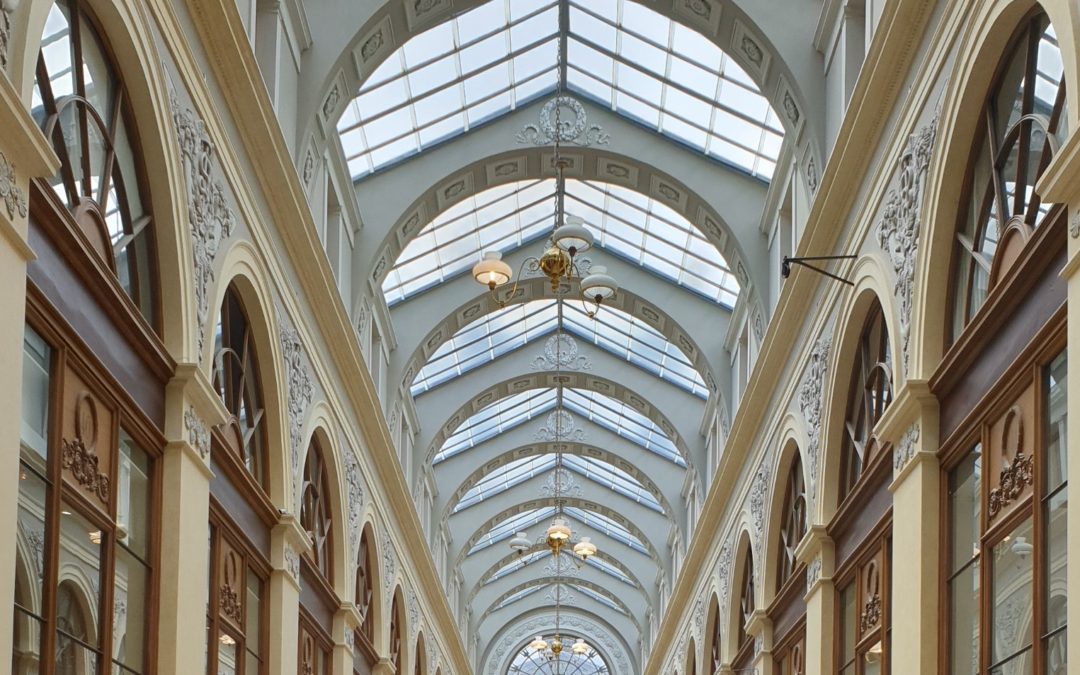It was the most-awaited day in France since the pandemic began: Restaurants and cafés could finally open.
Closed by government decree since Oct. 26, eating and watering and caffeinating places had survived only by offering takeout, and by a dose of government aid. For their customers, though, nothing could replace the fellowship of meeting, consuming and talking over a little table, surrounded by others doing the same thing. What is a French person without a café?
Today France became France again, especially since museums, cinemas and theaters were also allowed to reopen. COVID-19 cases are declining, albeit perhaps not as much as needed.
Reservations and distancing are required for the cultural spaces. And restaurants and cafes can only serve outdoors, for ventilation reasons. Masks are still required, sort of.
Practically every member of the French government, from President Emmanuel Macron on down, turned up on the sidewalk of a café today. Finance Minister Bruno Le Maire won the cool award. (That’s a sports newspaper he’s reading, or pretending to read. Also, Twitter commenters wondered why there was no apparent coffee.)
L’art de vivre à la Française 🇫🇷 #tousenterrasse pic.twitter.com/qmynMAoe04
— Bruno Le Maire (@BrunoLeMaire) May 19, 2021
For days before, workers had been preparing by constructing terrasses that extended on the sidewalk or into the street.

And ordering groceries, and folding chairs.

The problem: The weather has been rainy and in the 50s for the past two weeks and is forecast to be equally awful into the foreseeable future. That’s unseasonable for Paris, and unpleasant for those of us who’ve lived under various versions of lockdowns and restrictions for more than a year.
Parisians desperate for normalcy turned out regardless, huddling under awnings and soaking up warmth from heaters. Cable news channels carried coverage of people in cafés all day. Le Parisien newspaper had a special supplement on the nicest café terrasses in the city. Twitter overflowed with the hashtag #tousenterrasses.

I was struck that in all the talk about the weather I saw no mention of the passages couverts: more than a dozen interior arcades in various sections of the center city. Constructed between 1800 and 1845 at a time when Paris lacked sewers and sidewalks, they were originally pathways cut between buildings. Later, glass roofs were added.
Built just as the production of thin plates of glass became possible, the neoclassical passages were well-lit even before electricity arrived. They featured places to shop and eat, of course, but also artworks, hotels, lecture halls and brothels, write Sybil Canac and Bruno Cabanis in “Passages Couverts de Paris.”


Some fell into disuse over the years. But beginning in 2005, government incentives encouraged developers to buy and renovate them. Seventeen survive of a total of 37.
It was clear the passages presented a third way between staying at home yet again or freezing outside. Lunch beckoned. I arranged to meet a friend at the Bistrot Vivienne, in the Galerie Vivienne, on the big day. Just to make sure, I reserved before and checked in an hour ahead of time. I figured I wasn’t the only person to have this idea, and I wasn’t wrong.

Photo: Ellen Hampton
My friend and I toasted each other with a petit verre de blanc, talking of how much we had missed getting out and seeing people. The crowd, maskless like us (we were vaccinated), seemed to feel the same.
And just as we were tucking into our salads under the glass ceiling, the sky darkened. I glanced down the passage toward the opening to the outside. It was raining, hard. We lifted our glasses again.

Good news! Enjoy!